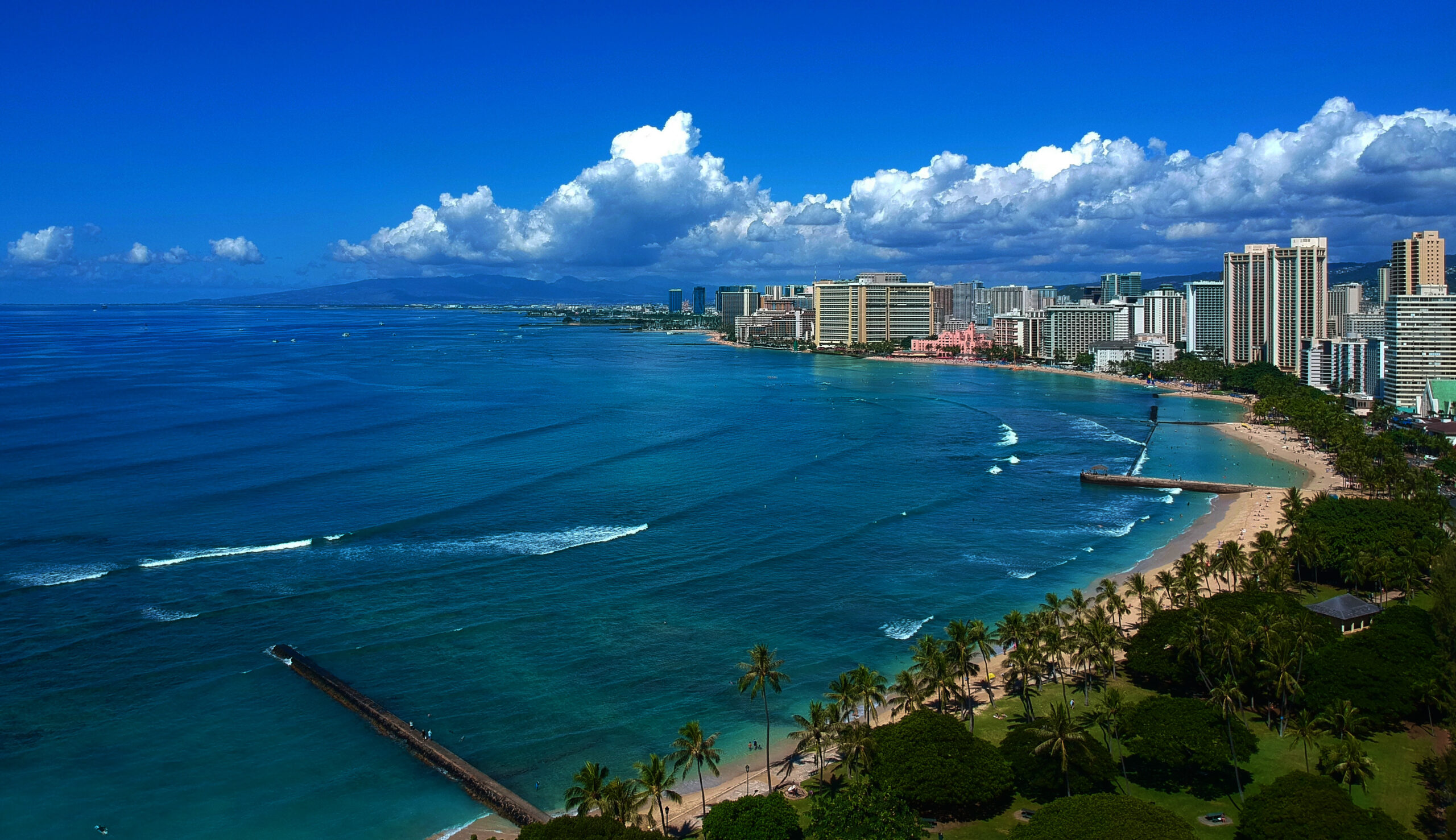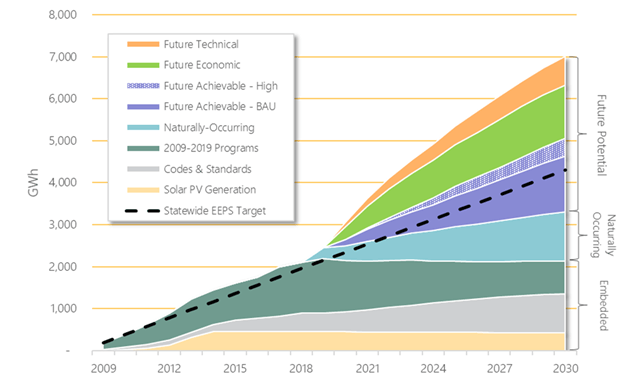AEG performed a comprehensive market potential study (MPS) to assess the potential for future savings from energy efficiency programs and other interventions for The Hawaii Public Utilities Commission (HPUC).
The goals for this study were to:
- Evaluate the State’s energy efficiency savings to date relative to the current Energy Efficiency Portfolio Standard (EEPS) target.
- Evaluate the State’s progress toward future EEPS goals.
- Quantify the landscape of energy efficiency and demand side management (DSM) over the next 20 years.
- Provide a foundation to consider future programs and other interventions holistically.

Results
The report documents the MPS and provides estimates of the historic and future potential reductions in annual cumulative persistent energy savings for the time periods of 2009-2030 (EEPS horizon) and 2020-2040 (twenty-year forecast of energy efficiency potential).
Two cases for achievable potential were developed:
- Business-as-usual (BAU) case which assumes gradual maturation of future interventions which are similar to those in the market today.
- High achievable case that ramps customer adoption rates to a maximum limit of 85%, which could result from expanded programs, future (new) state and federal codes and standards, future market effects, and other future interventions.
Additional outcomes from the study include end-use load shapes and 8760 hourly models of potential impacts from energy efficiency, advanced rate designs, and demand response and grid services (DR/GS), as well as an assessment of policy and / or program interventions to optimize savings. Analysis was performed, and results are available, for each island.
Key Insights
Continuing with the BAU approach to energy efficiency should be sufficient to meet the EEPS target by 2030. The figure below presents the cumulative persistent savings over the entire EEPS horizon of 2009 through 2030. The graph shows that the interim EEPS target was met through 2018 and the 2030 target is projected to be reached under the achievable potential – BAU scenario.
Results from the “high” achievable potential scenario suggest that a substantial amount of additional cost-effective savings are available, beyond the BAU strategy, to help achieve the EEPS goal by 2030. This high achievable case provides a buffer to offset setbacks due to COVID-19.

Cumulative Persistent Energy Savings (GWh), 2009-2030, EEPS Perspective
Looking to learn more about AEG services or solutions?
Talk with one of our experts today.